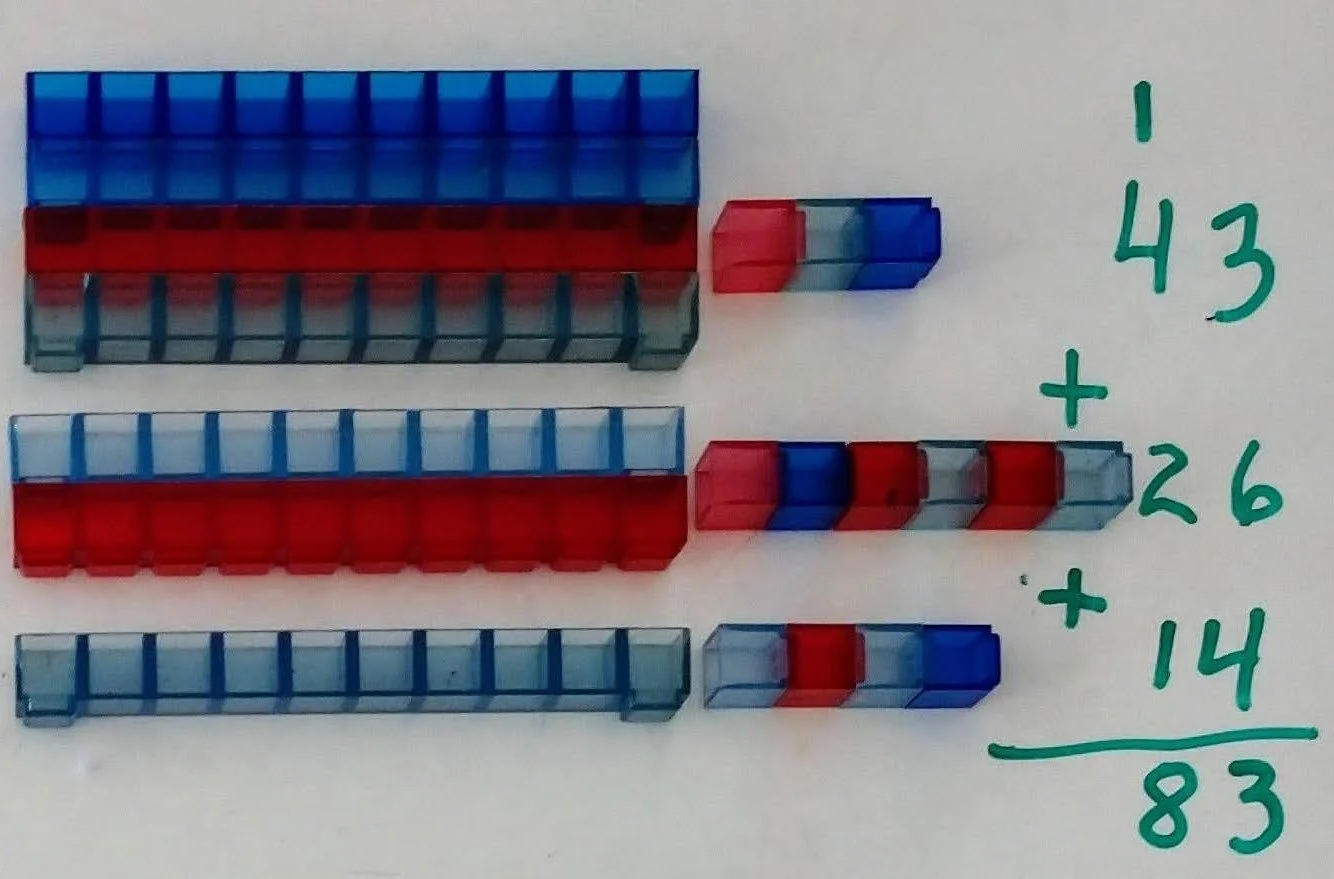McNichols Learning Services
Is Your Child Struggling…
to make the shift from the concrete early grades K-3rd to the abstract middle grades 4th-8th?
McNichols Learning can help your child DEVELOP
their Common Core Competencies through
Multisensory, Interactive Child-Centered Learning:
Phonics for Reading, Pronunciation and Spelling.
Writing and Grammar Proficiency.
Math Construction from Addition to Algebra.
Critical Thinking—the Foundation of Comprehension.
McNichols Learning Can
Enrich Your Child’s Life Learning Skills:
Increase Ability to Synthesize and Explain Information.
Improve Perception and Expression.
Expand Curiosity to Ask Questions and Solve Problems.
Support Whole Brain Understanding by Working with Physical Materials.
In Person or Online
Multisensory Materials for Concrete Learning
Reading, Spelling,
and Writing
These skills are not magic—they are phonics! Children who have trouble reading do not even know that each sound is made in the mouth in only one way. With each discovery of how a sound is made, the child can learn which letter the sound teams up with—and reading develops, followed by spelling and writing their own thoughts.
Once children discover that they really can read words, their confidence soars. Their willingness to adventure into harder words and longer sentences expands. They are happier children, able to make their own sentences, read new books, and comprehend better than some of the “speed readers” who cannot comprehend.
For several decades now, reading without comprehension has become a major problem. Most know the internet slang TLDR meaning “too long-didn’t read.” For all our students—including the adults who have learned to read here—we emphasize comprehension over speed.
Math Concepts
The concepts underlying the Four Basic Math Functions are the bedrock upon which all other math concepts build.
A math learner’s strength tends to lie in one
of these two basic categories:
The linear/algebraic mind can master the “steps” taught and used in classwork (such as regrouping and fraction equivalents) but has trouble applying them in unfamiliar contexts.
The spatial/geometric mind grasps the logic and often knows the “answer” to a problem but cannot clearly explain the steps needed to reach it.
Both types struggle and often think they are “dumb” because, of course, they compare themselves with the other type of mind.
Both learning styles benefit from 3-dimensional materials for building math problems—all the way into algebra. By matching, identifying similarities and differences, and describing in their own words what they have discovered, math becomes real and controllable. Geometric shapes, units rods flats and cubes with a place value mat—as well as games—offer frustrated learners the opportunity to engage curiosity while discovering what numbers really mean to them.
Concept Formation
This term refers to the brain’s natural ability to connect each child with the world around them through the senses. From infancy, each child’s unique experiences and learning style influence the relationships built from what is seen, felt, heard, tasted and smelled. In this way his or her concepts are developed—with some understandings even beyond words.
While the first 5 years are especially critical for early learning, a child’s brain develops most in the first 10 years—after that, potential learning differences are more noticeable. The suggestion that “your child will grow out of it” becomes less reassuring.
For these reasons, Concept Formation in Education is also most successful when multi-sensory materials support learning at the child’s level of development.
To the frustration of capable teachers, Concept Formation is frequently interrupted. Workbook drills and “jigs” teach to testing scores rather than children and true multi-sensory support is non-existent.
NOT HERE
Concrete Foundation
Looking at pictures of math materials or words and letters on a page cannot be compared to actually feeling and manipulating three dimensional shapes. “Concrete” refers to sounds and numbers experienced by three senses —usually touching, seeing and hearing. This helps all children make sense of form and meaning by creating and discovering the relationship between shapes and patterns.
A Wide Gap. Sometime between the ages of 8 and 12, as learning becomes more comfortably grounded in the concrete, the neurological ability to move from concrete to abstract gradually develops in each brain. As this Concrete Foundation is forming, students apply—as much as each can—to their increasingly abstract schoolwork from fourth grade on.







